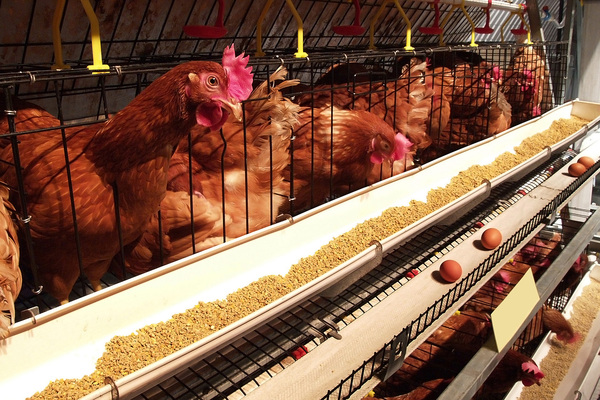Preventing Diseases in Poultry Farming through Nutrition and Preventive Care
Published: July 14, 2020
Source : ICC Brazil
The safe management and meeting nutritional requirements ensure animal welfare and higher quality to farms
Maintaining animal health and following biosafety standards on farms is essential to take full advantage of the poultry’s potential. This process will not only improve product performance, but also prevent ongoing challenges.
Dr. Melina Bonato, R&D Manager at ICC Brazil, a pioneer company in innovative solutions for animal health and nutrition with yeast-based additives, says that implementing correct management and meeting the nutritional and sanitary care requirements of the animals are measures that make it possible to prevent the most common poultry diseases.

“It is obvious that nutrition is a determining factor in animal production and is directly related to animal performance and the cost of production. As well as using quality ingredients that meet the nutritional requirements at every stage, it is also possible to use feed additives that may have an impact on animal nutrition and aim for foodsafety of the end product,” says Bonato.
Preventing disease and contamination is a significant challenge in poultry farming, especially considering the scenario where the use of antibiotics as growth promoters is banned or restricted. One of the alternatives is the use of yeast-based products, such as ICC Brazil’s ImmunoWall®, which works with the immune system and promotes a faster response to pathogens or antigens.
Poultry Waste Treatment
In order to avoid illnesses, it is also necessary to pay attention to waste produced by poultry on the farm, which can be poultry litter, excretions from laying hens, or the carcasses of dead animals. All of these are factors that cause not only an impact on animal health and welfare but also on the environment when not handled correctly and may, in turn, attract flies, rodents, darkling beetles and generate diseases through the spread of pathogens.
Waste treatment can be carried out in two ways: composting and biodigestion. In the case of carcasses, incineration can also be used. However, in this case, final waste will be of no use.
“When performing waste treatment correctly, the final compost or biofertilizer from the litter and excreta can be used in plant cultures, which in turn can become quality ingredients for animal nutrition,” explains Liliana Borges, R&D Analyst at ICC Brazil. The final product of carcass composting should only be used for fertilizing forest crops and gardening due to sanitary issues. It is worth noting that in cases of severe contamination that could pose a risk to human health, incineration is recommended.
Source
ICC BrazilRelated topics
Mentioned in this news release:
Join to be able to comment.
Once you join Engormix, you will be able to participate in all content and forums.
* Required information
Would you like to discuss another topic? Create a new post to engage with experts in the community.
Create a post








.jpg&w=3840&q=75)